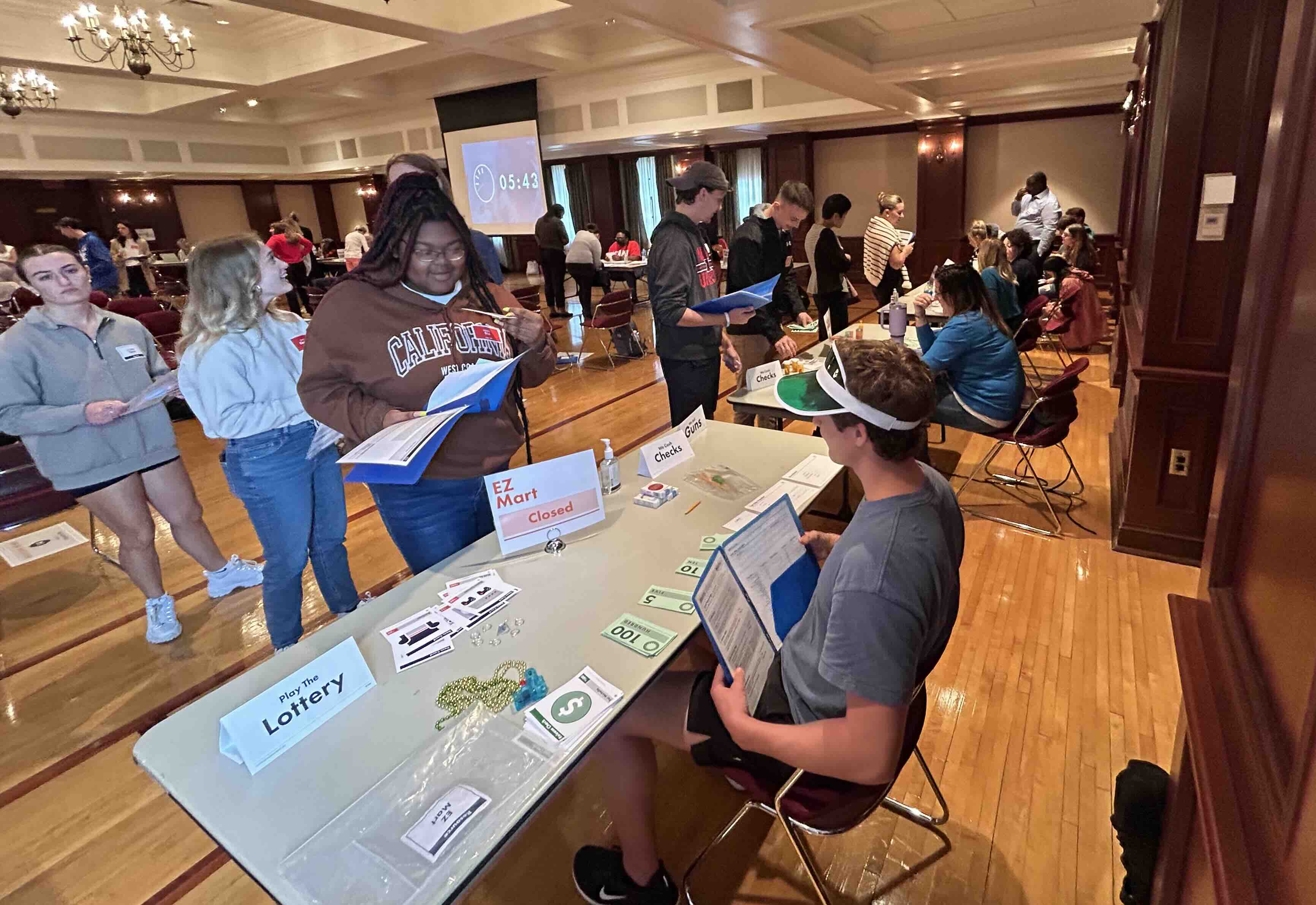Assist Community Partners
CSSFCI will assist our community partners in developing and evaluating mentoring and support programs for incarcerated and returning citizens and their children, caregivers, and families.
Using peer mentors to support the reentry of formerly incarcerated individuals is becoming a widespread practice employed by reentry organizations and reentry service providers across the U.S. Initial findings suggest that recidivism is reduced when returning individuals work one-on-one with mentors who assist them in navigating the complexities of the reentry process (i.e. finding housing, securing employment).
Similarly, research suggests that when children of incarcerated parents and their caregivers receive mentoring support, they experience fewer mental health and physical health problems when their loved one returns home.
